24 Flavorful Japanese Fried Dishes Worth Trying Today
Japanese fried dishes represent a culinary art form that transforms simple ingredients into crispy, golden masterpieces.
Sizzling techniques and precise cooking methods elevate ordinary foods into extraordinary experiences.
The vibrant world of deep-fried delicacies captures the essence of Japanese gastronomy with its delicate balance and intricate flavors.
Crisp textures and rich golden surfaces characterize these beloved menu items that tantalize taste buds.
Centuries of culinary tradition blend seamlessly with innovative cooking approaches, creating mouthwatering creations that delight diners.
Regional variations showcase local ingredients and unique preparation styles, reflecting the diverse culinary landscape of japan.
Skilled chefs transform everyday ingredients into remarkable dishes that celebrate texture, flavor, and cultural heritage.
Here are 24 signature Japanese fried dishes that will spark your culinary curiosity:
Signature Japanese Fried Dishes for Every Appetite
Crispy, golden, and oh-so-satisfying, Japanese fried foods are in a league of their own. From tempura to karaage, each dish is a crunchy delight.
Karaage
Karaage are crispy, flavorful Japanese fried morsels originating from traditional deep-frying techniques.
Japanese chefs use arrowroot starch to coat meats and fish, creating an incredibly crunchy exterior while maintaining internal moisture.
Tatsutaage, a special chicken variant, involves marinating meat in a sweet-savory blend of sake, soy sauce, and sugar before coating and frying.
Wheat flour, tapioca, or potato starch can substitute arrowroot for coating different ingredients.
Chicken remains the most popular protein for this method, though fish and other meats work equally well.
Dry-frying ensures maximum crispiness without excess oil absorption.
Marinating ingredients adds depth and complexity to the final dish.
Restaurants and home cooks across Japan prize karaage for its simple yet sophisticated preparation method.
Tonkatsu
Tonkatsu represents a crispy, golden-brown breaded pork cutlet that originated in Japan during the late 19th century as a Western-influenced yoshoku cuisine.
Japanese chefs transformed European schnitzel techniques into a uniquely Japanese culinary experience by deep-frying pork until perfectly crunchy and golden.
Regional variations include katsu kare (curry style), miso-glazed versions from Nagoya, and sandwich-style preparations.
The dish quickly became a popular comfort food, spreading from urban restaurants to home kitchens nationwide.
Modern Japanese restaurants continue to innovate with tonkatsu, creating diverse presentations and flavor combinations.
Restaurant menus now feature multiple cuts of pork and creative serving styles that showcase this beloved national favorite.
Ebi Furai
Ebi furai are crispy, golden-brown Japanese prawns deep-fried in panko breadcrumbs after being dipped in egg wash.
Western-influenced yoshoku cuisine introduced these prawns during Japan's Meiji Restoration between 1860 and 1900.
Nagoya considers these breaded prawns a regional specialty within the kawari-age deep-fried food category.
Restaurants typically serve ebi furai with shredded cabbage, tartar sauce, and lemon wedges.
Japanese diners enjoy these prawns as a popular comfort food and appetizer.
Crispy exterior and tender interior make these prawns a beloved dish across Japan.
Seafood lovers appreciate the simple yet satisfying preparation method.
Panko breadcrumbs ensure a light, crunchy coating that highlights the prawn's natural sweetness.
Katsudon
Katsudon represents a classic Japanese rice bowl featuring a crispy breaded pork cutlet simmered with eggs and onions, creating a comforting one-plate meal that balances textures and flavors.
Japanese restaurants first documented this dish in 1921, showcasing its deep cultural roots in comfort cuisine.
Regional variations include versions prepared with Worcestershire sauce, miso, or soy sauce bases.
Sweet and savory egg sauce coats the perfectly fried cutlet, making each bite rich and satisfying.
Tonkatsu serves as the primary protein, traditionally deep-fried and breaded before being gently simmered.
Students and workers frequently enjoy katsudon as a quick, filling lunch option.
Japanese families consider this dish a nostalgic meal that connects generations through its simple yet flavorful preparation.
Katsu Kare
Katsu kare embodies Japanese comfort food fusion, blending crispy breaded meat cutlets with rich, savory curry sauce served over steaming rice.
Japanese restaurants nationwide celebrate this hearty dish as a popular midday and evening meal option.
Western-style curry sauce creates a unique flavor profile that distinguishes katsu kare from traditional Japanese curry preparations.
Meat options typically include pork, chicken, or regional beef variations from Kansai.
Restaurant menus frequently feature this dish as a standard menu item across Japan.
Breading and deep-frying the meat cutlet ensures a satisfying crunch against smooth curry sauce.
Restaurants serve katsu kare with rice as its standard accompaniment.
Japanese home cooks and restaurants alike prepare this dish as a quick, filling meal that combines multiple flavor textures.
Age Gyoza
Age gyoza are crispy, golden-brown Japanese dumplings deep-fried to crunchy perfection.
Originating in Japan, these dumplings feature thin wrappers packed with savory fillings like pork, shrimp, kimchi, and mushrooms.
Hot oil transforms the thin wrapper into a crackling exterior during frying.
Soy sauce traditionally accompanies the age gyoza, enhancing its rich flavor profile.
Diners should handle the piping hot dumplings with care to avoid burning themselves.
Age gyoza represent a popular street food and appetizer across Japan.
Atsuage
Atsuage represents deep-fried tofu blocks originating in Japanese cuisine, prized for their crispy exterior and silky interior.
Japanese households transform plain tofu by draining excess moisture and submerging it in hot oil until golden brown and puffy.
Skilled cooks carefully wrap tofu slices in kitchen paper and weight them to remove water before frying.
Protein-rich and affordable, atsuage serves as a versatile ingredient in many Japanese dishes.
Vegetables frequently accompany this crispy tofu preparation.
Street vendors and home kitchens alike embrace atsuage as a quick, nutritious meal option.
Restaurants across Japan feature this simple yet satisfying tofu specialty in numerous regional variations.
Tempura
Tempura are Japanese deep-fried seafood and vegetable dishes featuring a light, crispy batter that preserves ingredient integrity with remarkable precision.
Portuguese Jesuit missionaries likely inspired the cooking method during 16th-century visits to Japan, introducing fritter techniques that transformed local cuisine.
Traditional ingredients include succulent shrimp, delicate scallops, tender squid, small crabs, shiitake mushrooms, asparagus, Japanese eggplant, and snow peas.
Skilled cooks meticulously craft a batter of flour, eggs, and water to ensure maximum moisture and flavor retention.
Careful frying creates a golden, translucent coating that remains incredibly lightweight and crisp.
Minimal seasoning allows natural ingredient flavors to shine through each bite.
Restaurants and home kitchens serve tempura as standalone dishes or alongside rice and dipping sauces.
Modern variations continue to explore creative ingredient combinations while maintaining the dish's fundamental culinary principles.
Tendon
Tendon are Japanese rice bowls featuring crispy tempura seafood or vegetables draped over steamed rice, originating from combining "tempura" and "donburi" cuisine styles.
Shrimp (ebi) and Japanese eggplant (nasu) form the most traditional ingredients for this delectable dish.
Chefs carefully deep-fry battered ingredients until golden and crunchy.
Rich tentsuyu sauce, crafted from dashi stock, soy sauce, mirin, and sugar, adds complex umami flavor to each bite.
Kabocha squash and daikon radish frequently complement the main protein.
Restaurants typically serve tendon with the tempura pieces artfully arranged atop steaming white rice.
Diners can customize their bowl by selecting different dipping sauces for extra taste complexity.
Tori Katsu
Chicken katsu represents a crispy Japanese comfort food featuring breaded and deep-fried chicken cutlets coated in golden panko breadcrumbs.
Japanese home cooks traditionally prepare this dish using chicken breast, though other meat cuts can work equally well.
Restaurants serve the cutlet sliced into bite-sized pieces alongside steamed white rice and a signature tangy katsu sauce.
Worcestershire-style sauce with apple puree gives the dish its distinctive sweet-savory flavor profile.
Professional kitchens ensure perfect texture by carefully dredging chicken in flour, eggs, and breadcrumbs before frying.
Precise oil temperature creates an extra-crunchy exterior while maintaining tender meat inside.
Family dinner tables and casual restaurants across Japan enjoy this simple yet satisfying meal.
Chopsticks make eating these crispy cutlets an enjoyable dining experience.
Korokke
Korokke are savory Japanese deep-fried patties originating from French croquettes, featuring mashed potatoes blended with meat, seafood, or vegetables.
Japanese culinary experts transformed the original French recipe after its 1887 introduction, creating a beloved street food that quickly became a nationwide sensation.
Breadcrumb-coated and deep-fried to golden perfection, korokke offer a crispy exterior with a creamy, flavorful interior.
Potato korokke remain the most traditional variant, though meat, tuna, curry, cream, and okara versions now populate menus across Japan.
Affordable and widely available in supermarkets and food stalls, these compact snacks satisfy hunger with minimal effort.
Budget-friendly ingredients contribute to their widespread popularity among students and workers.
Small in size but packed with flavor, korokke represent a perfect fusion of French technique and Japanese taste preferences.
Street vendors and home cooks alike continue to celebrate this versatile, crowd-pleasing dish.
Agedashi Tofu
Agedashidofu are crispy deep-fried tofu cubes originating from Japanese cuisine, carefully coated in potato starch and fried until golden brown.
Served hot with a savory tentsuyu dipping sauce blending dashi, soy sauce, and mirin, this traditional dish dates back to the late 18th century.
Historic cookbooks like Tofu Hyakuchin from 1782 documented its early preparation methods and cultural significance.
Potato starch creates a delicate, crunchy exterior that contrasts with the soft, silky tofu interior.
Restaurants and home cooks often garnish the dish with grated daikon radish, green onions, and bonito flakes for added texture and flavor.
Japanese diners frequently enjoy agedashidofu as a starter or side dish with other small plates.
Restaurant chefs carefully select high-quality, firm tofu to ensure the best results.
Restaurants throughout Japan continue to serve this classic preparation as a beloved comfort food.
Kare Pan
Kare pan are crispy Japanese street food pastries featuring a unique curry-filled bread encased in golden, crunchy breading.
Deep-fried to perfection, these savory doughnuts originated in Japan during the early 20th century as convenient meal options.
Bread dough gets wrapped around spicy Japanese curry before being coated in panko breadcrumbs and submerged in hot oil.
Vendors and home cooks typically prepare kare pan as quick snacks or light meals that balance rich, complex curry flavors with a satisfying crispy exterior.
Street markets and convenience stores across Japan commonly sell these handheld treats, which blend Western bread-making techniques with traditional Japanese curry recipes.
Students and workers often enjoy kare pan as affordable, portable lunch options.
Western-style bakeries in Japan continue to innovate with different curry fillings and dough variations.
Compact and flavorful, kare pan represent a perfect fusion of culinary traditions.
Daigaku Imo
Daigaku imo are Japanese sweet potato bites deep-fried to golden perfection and glazed with caramelized sugar for an irresistible street snack.
Students in early 1900s Tokyo popularized these crispy, tender potato chunks as an affordable campus treat.
Street vendors and school canteens quickly embraced the simple recipe across Japan.
Sesame seeds add a nutty crunch to the glistening exterior.
University campuses originally inspired the name, which translates to "university potatoes".
Affordable and satisfying, these snacks remain a beloved Japanese street food.
Toasted sesame seeds provide a traditional finishing touch to this nostalgic dish.
Kushiage
Kushiage are crispy, golden-brown Japanese skewers deep-fried to perfection, featuring bite-sized pieces of fish, seafood, meat, and vegetables meticulously breaded and pierced with bamboo sticks.
Originating in Osaka's Shinsekai district during the 1920s, these savory morsels have become a beloved street food across Japan.
Restaurants and food stands specialize in creating intricate skewer combinations that change with seasonal ingredients.
Shrimp with shiso basil, salmon with cheese, and bacon-wrapped asparagus represent just a few of the countless flavor possibilities.
Diners typically enjoy kushiage with classic accompaniments like brown sauce, ponzu, or chili salt.
Each skewer offers a unique texture and taste experience, showcasing Japan's innovative culinary creativity.
Kushiage reflect the country's passion for transforming simple ingredients into extraordinary bite-sized delights.
Kaki Fry
Kaki furai are succulent Japanese deep-fried oysters that showcase ocean flavors through a crispy golden breading.
Seasonal oysters harvested during fall and winter form the heart of this popular dish.
Chefs carefully shuck fresh oysters and coat them in a three-step process involving flour, beaten eggs, and panko breadcrumbs.
Japanese restaurants and home kitchens frequently prepare kaki furai as a favorite seafood appetizer or main course.
Diners enjoy these oysters with tangy tonkatsu sauce or fresh lemon wedges for added zest.
Deep-frying transforms the tender oysters into a crunchy exterior while maintaining their soft, briny interior.
Originating in western Japan, this dish reflects regional seafood cooking traditions.
Kaki furai perfectly balance delicate seafood flavor with satisfying crisp texture.
Aburaage
Aburaage are deep-fried tofu pouches originating in Japan that create a unique crispy exterior with a soft, spongy interior perfect for stuffing with various ingredients.
Japanese cooks transform plain tofu through a double-frying technique that produces a golden-brown pocket with remarkable versatility in cuisine.
These tofu pouches absorb flavors exceptionally well and appear frequently in popular dishes like inari sushi and miso soup.
Restaurants and home kitchens across Japan use aburaage as a protein-rich ingredient in multiple recipes.
Street vendors often sell these crispy treats as quick snacks in markets and food stalls.
Small rectangular shapes characterize their appearance after careful frying.
Traditional preparation involves slowly heating soybean-based tofu in hot oil until puffy and light brown.
Minimal seasoning allows aburaage to complement many different culinary styles with its neutral taste profile.
Kakiage
Kakiage is a delicate Japanese deep-fried seafood and vegetable medley coated in a gossamer-light batter of flour, water, and sometimes egg yolks.
Small pieces of shrimp, carrots, onions, lotus roots, and sweet potatoes get mixed and dropped into hot oil, creating a crispy golden nest of flavors.
Japanese street vendors and home cooks often serve kakiage as a quick snack or side dish alongside rice and miso soup.
Restaurants typically present kakiage over steamed rice or as part of a tempura platter.
Fishermen in coastal regions first developed this technique to quickly cook fresh catch with minimal waste.
Regional variations exist throughout Japan, with each area adding its own local ingredients.
Traditional preparation requires careful temperature control to achieve perfect crispness.
Texture and flavor balance make kakiage a beloved Japanese comfort food.
Gyukatsu
Gyukatsu are succulent beef cutlets originating in Japan that showcase premium wagyu beef expertly breaded and briefly deep-fried to create a crispy exterior with a tender, rare interior.
Japanese diners savor these beef cutlets by quickly searing them on a hot stone tableside, which allows personal temperature customization.
Restaurants typically serve gyukatsu with complementary sides like miso soup, shredded cabbage, pickled vegetables, and various dipping sauces.
Diners enhance their experience by adding wasabi or grated yams for extra flavor complexity.
Traditional preparation involves coating high-quality beef in panko breadcrumbs and frying until golden brown.
Wagyu beef's marbling ensures exceptional tenderness and rich flavor in each bite.
Side accompaniments range from barley rice to seasonal vegetable garnishes.
Regional variations might include unique seasoning blends or specialized dipping sauces that highlight local culinary traditions.
Menchi Katsu
Menchi katsu are Japanese deep-fried meat patties crafted from seasoned ground beef and pork blended with aromatic onions and warming spices like black pepper and nutmeg.
Japanese home kitchens frequently prepare these crispy breaded cutlets as a comforting family meal that balances tender meat with a crunchy exterior.
Breadcrumb-coated and carefully fried, menchi katsu emerge golden brown and crackling with rich flavor.
Cooks typically mix ground meats with finely chopped onions and bind ingredients using eggs and milk.
Flour, beaten eggs, and panko breadcrumbs create the signature crisp coating before frying in hot oil.
Popular in Japanese restaurants and home cooking, these meat patties offer a satisfying protein-rich dish.
Street vendors and casual dining spots often serve menchi katsu with shredded cabbage and tangy tonkatsu sauce.
Regional variations might include different meat ratios or additional seasonings that enhance the patty's overall taste profile.
Karinto
Karinto are crispy Japanese snacks deep-fried to golden perfection and generously coated in sweet brown sugar, creating an irresistible treat enjoyed across generations.
Japanese street vendors first introduced these crunchy dough sticks during the 1830s, quickly becoming a popular casual snack.
Traditional preparation involves yeasted dough stretched into slender sticks before deep-frying until achieving a rich, amber color.
Modern variations expand flavor profiles by incorporating peanuts, sesame seeds, or white sugar coatings.
Karinto remain a beloved comfort food that connects contemporary Japanese consumers with nostalgic culinary traditions.
Street markets and convenience stores continue selling these addictive snacks nationwide.
Small bakeries and home cooks frequently prepare karinto using simple ingredients and classic techniques.
Regional differences inspire unique twists on this classic sweet-savory street food.
Toriten
Toriten are Japanese fried chicken pieces originating from Oita Prefecture that distinguish themselves through a signature tempura-style batter coating creating an exceptionally light and crispy exterior.
Chefs typically use tender chicken thigh meat marinated in a savory blend of soy sauce, sake, ginger, and garlic for deep flavor infusion.
Each piece gets dipped in a specialized batter mixing flour and egg before deep-frying to achieve a golden brown color and airy texture.
Regional variations might include unique dipping sauces complementing the chicken's rich taste.
Street vendors and restaurants across Kyushu Island serve this popular dish as a satisfying snack or meal component.
Restaurant patrons appreciate toriten's delicate crunch and complex seasoning profile.
Unlike standard fried chicken, toriten's tempura-style preparation makes it stand out in Japanese street food culture.
Ganmodoki
Ganmodoki are golden-brown Japanese tofu fritters packed with chopped vegetables and deep-fried to crispy perfection.
Street vendors and home cooks across Japan craft these savory treats by blending crumbled tofu with finely diced carrots, onions, and seasonal ingredients.
Traditional recipes often include shiitake mushrooms and green onions for added depth of flavor.
Vegetarian and protein-rich, ganmodoki originated in Buddhist temple cuisine as a nutritious alternative to meat dishes.
Restaurants serve these fritters alongside miso soup, rice, or as a standalone appetizer.
Skilled cooks carefully mix and shape the tofu mixture before gently frying until the exterior turns a beautiful golden brown.
Texture contrasts between the crisp exterior and soft interior make ganmodoki a beloved street food.
Japanese diners enjoy these fritters as a quick, satisfying snack that showcases tofu's versatility.
Hida Beef Croquette
Hida beef croquettes are crispy golden parcels bursting with premium Japanese beef from Gifu prefecture, featuring tender Hida beef mixed into creamy mashed potatoes and finely chopped vegetables.
These deep-fried delicacies showcase the region's exceptional beef quality through a perfect blend of smooth potato filling and crunchy breadcrumb exterior.
Locals and visitors treasure these savory snacks as a signature street food and comfort meal.
Hida beef, known for its marbling and rich flavor, elevates the traditional croquette to a gourmet experience.
Restaurants and food stalls across Gifu prefecture prepare these treats using fresh local ingredients.
Breadcrumbs create a satisfying crisp when deep-fried in hot oil.
Generations have enjoyed this simple yet sophisticated Japanese culinary creation.
What Cooking Oil Is Most Often Used for Deep-Frying in Japan?
In Japanese cuisine, deep-frying is a popular technique that demands oils with specific qualities - namely, a neutral flavor and a high smoke point to ensure crisp, evenly cooked results without overpowering the delicate tastes of the ingredients. Here are the three most commonly used cooking oils in Japan for deep-frying, each chosen for its unique benefits and contribution to traditional dishes:
What Tips Can Home Cooks Use to Make Japanese-Style Deep-Fried Dishes?
Achieving authentic, crispy Japanese deep-fried dishes at home involves a few key techniques:
Following these tips helps home cooks replicate the light, crispy texture and delicate flavors of traditional Japanese fried foods.

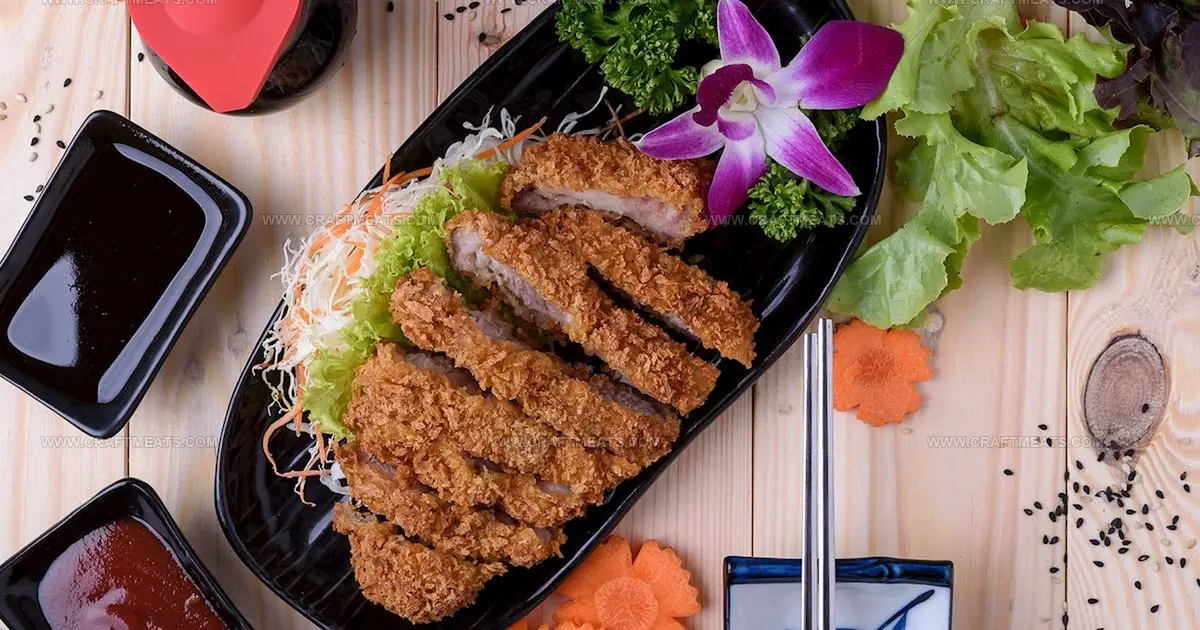

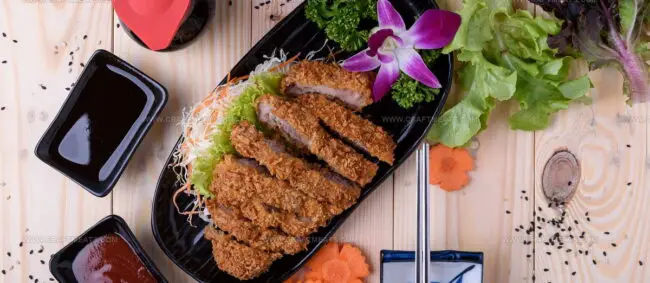
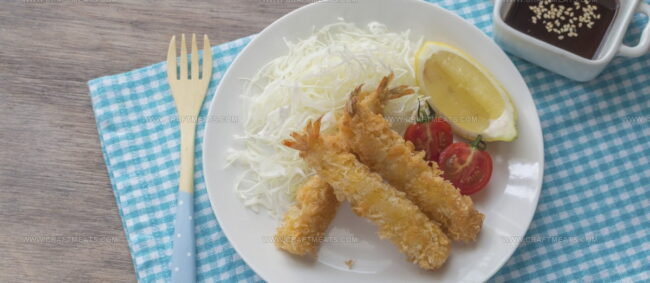

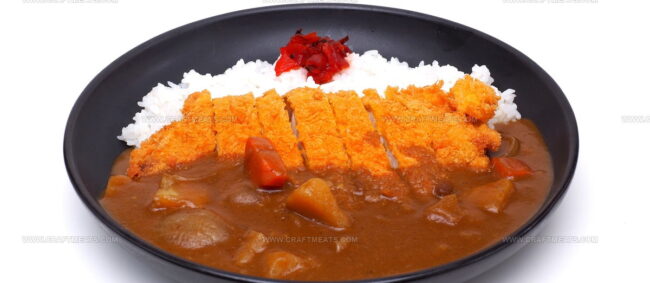
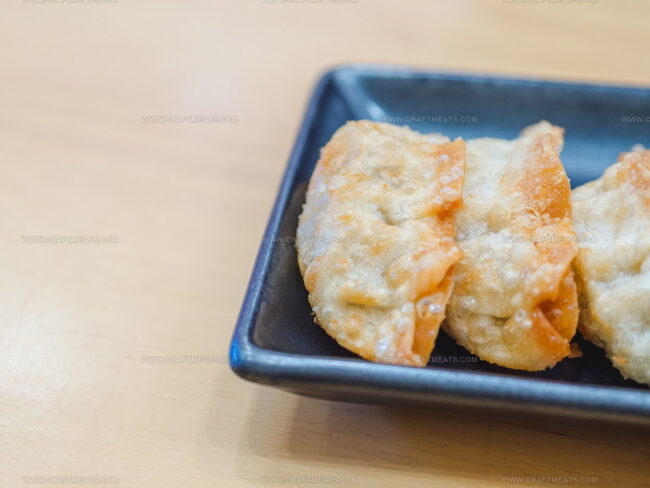
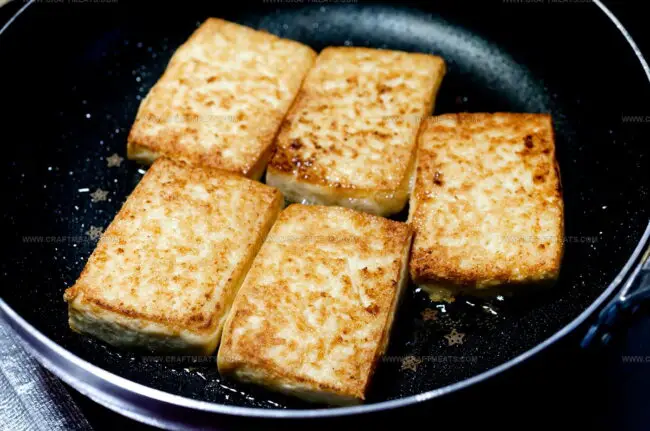
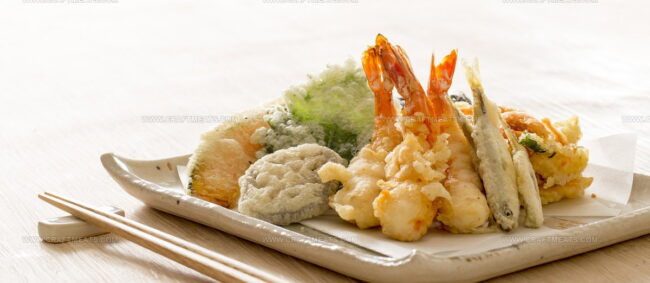
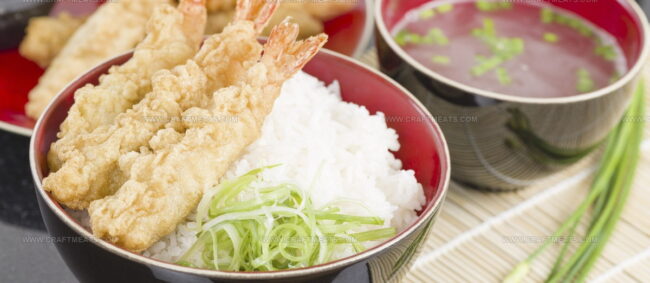
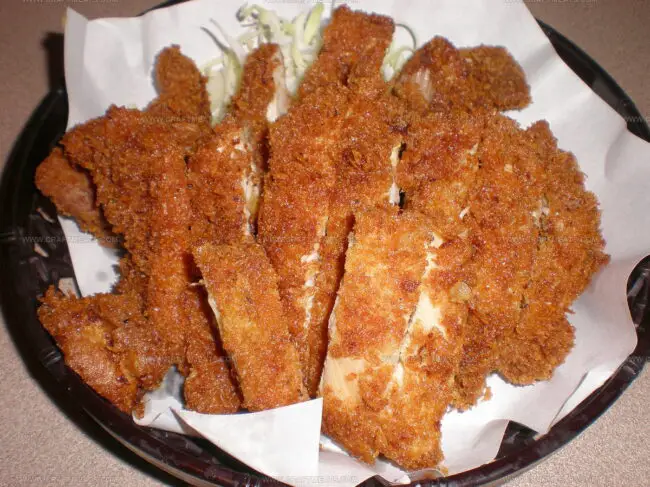
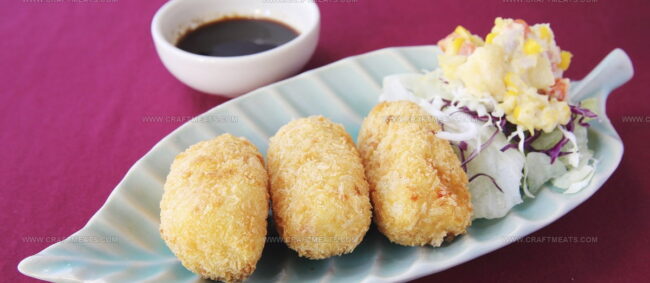
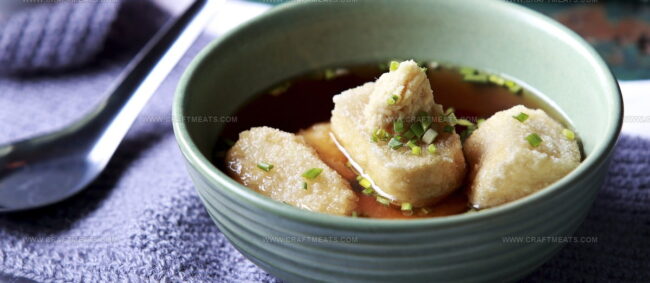
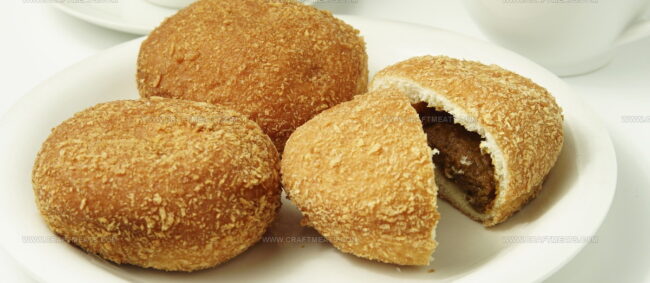
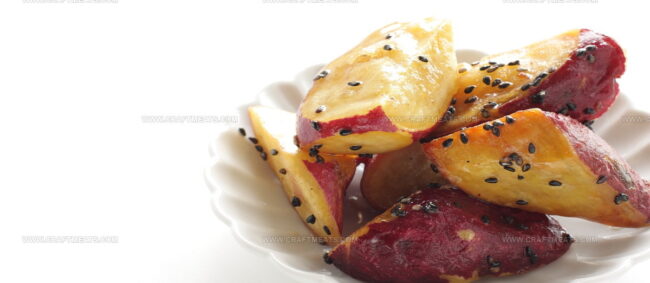
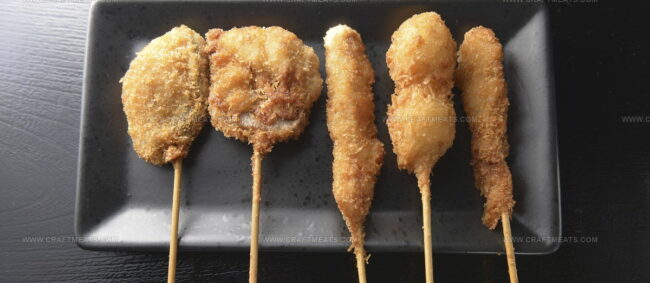

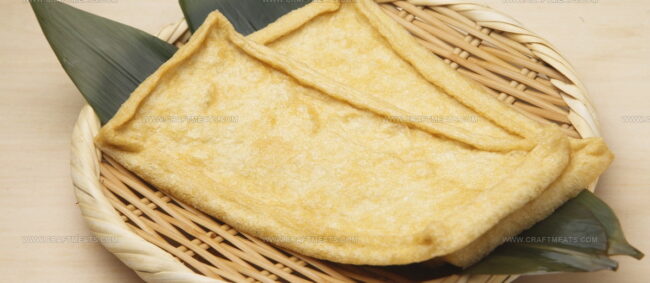
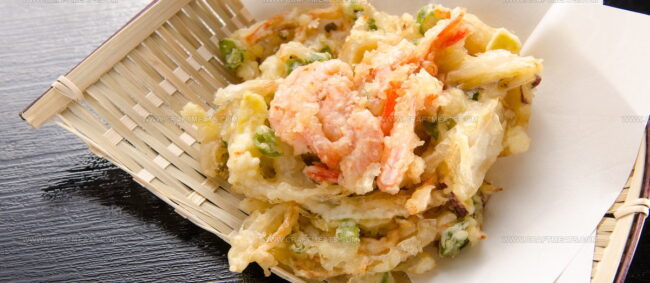
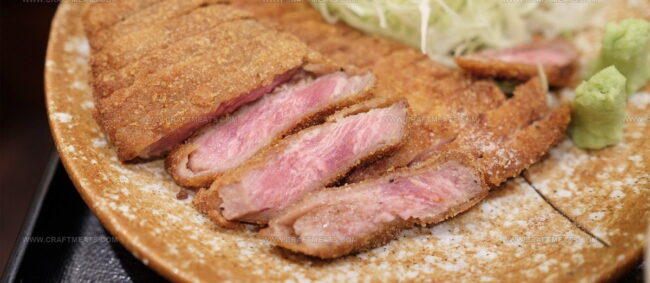
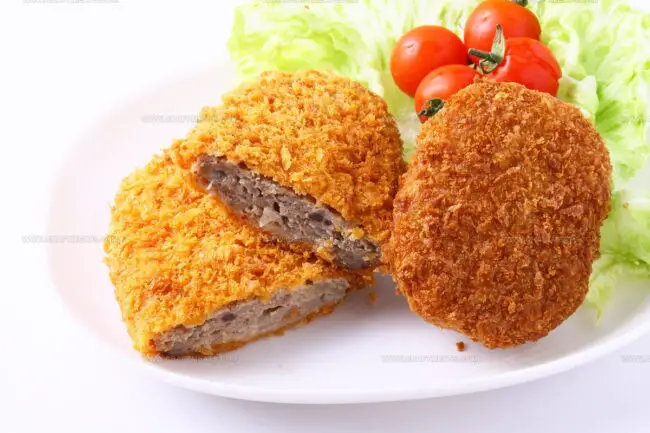
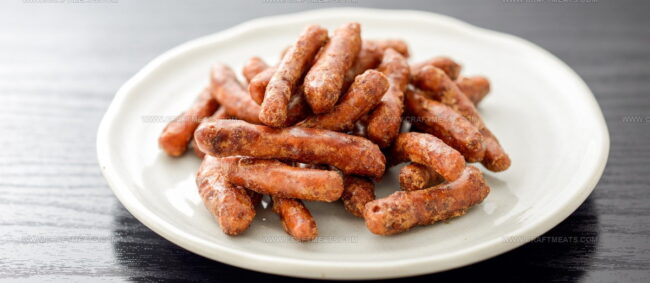
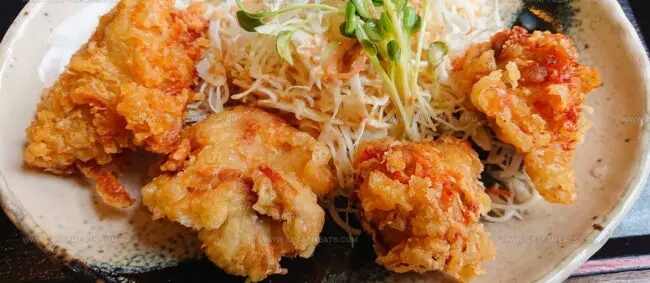
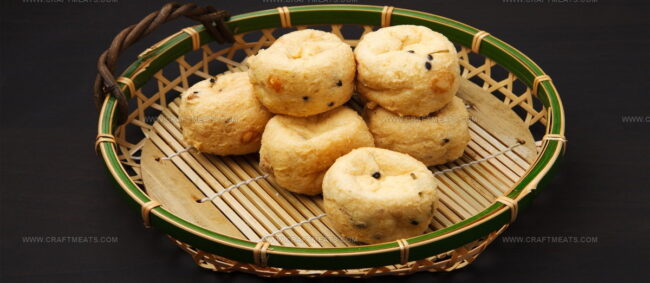

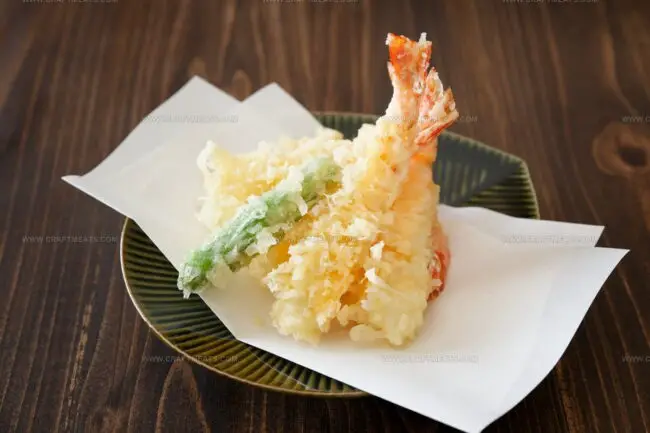
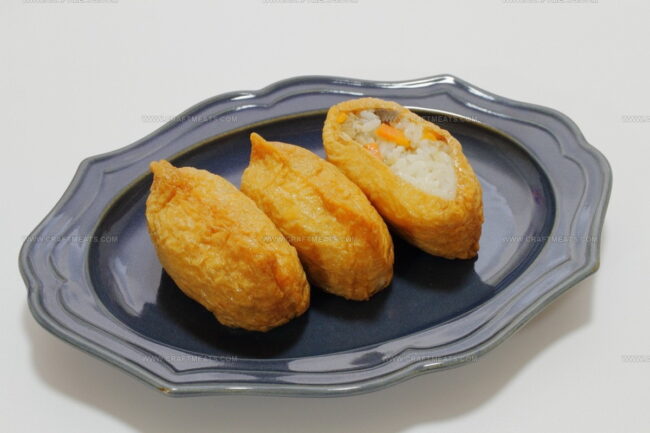
Isabella Rossi
Founder & Culinary Content Creator
Expertise
Recipe Development, Traditional Irish and European Cuisines, Food Styling and Photography, Culinary Education
Education
Dublin Institute of Technology (DIT) – School of Culinary Arts and Food Technology
Ballymaloe Cookery School
Liam is the voice behind many of Craft Meats’ most flavorful features. With roots in Dublin’s smoky barbecue scene and a culinary degree from the Dublin Institute of Technology, he brings time-tested cooking techniques to life.
His training at Ballymaloe Cookery School sharpened his farm-to-table approach, giving him a deep respect for every ingredient he writes about.
He’s not about overcomplicating the process, just helping you cook meat that’s worth talking about. When he’s not writing or grilling, he’s out foraging or nerding out on regional spice blends to add to his next recipe.